The Western States Horse Expo offers you a unique experience that even the pickiest of horse owners will embrace. Bring your show horses, breeding stallions or latest foal crop and introduce them to tens of thousands of horse owners from all over the world while driving up exposure for your breeders and show managers! Stop singing to the choir and meet individuals who are eager to learn about the variety of breed options available to them.
The Horse Expo Breed Pavilion consists of 120 permanent, matted and shaded stalls, located just steps away from the main exhibit halls and concession area. Do you have awesome branded banners or drapes you want to show off? Upgrade your location to include a Stall End and ensure you receive the best exposure!
As an attendee, you can learn more about your favorite breed directly from the associations or fall in love with a new breed and see them in action as they demonstrate their athletic ability, trainable minds and diverse natures. Take a stroll through the Breed Barns and meet the horses and the people that love and care for them. See the slider below to discover the breeds who will be participating in this year’s program!
Breed organizations, want to participate a breed demonstration? Fill out our online Breed Demonstration Application or email today!


The Arabian originated on the Arabian Peninsula. With a distinctive head shape and high tail carriage, the Arabian is one of the most easily recognizable horse breeds in the world. It is also one of the oldest breeds, with archaeological evidence of horses in the Middle East that resemble modern Arabians dating back 4,500 years. Throughout history, Arabian horses have spread around the world by both war and trade, used to improve other breeds by adding speed, refinement, endurance, and strong bone. Today, Arabian bloodlines are found in almost every modern breed of riding horse.
The Arabian developed in a desert climate and was prized by the nomadic Bedouin people, often being brought inside the family tent for shelter and protection from theft. Selective breeding for traits including an ability to form a cooperative relationship with humans created a horse breed that is good-natured, quick to learn, and willing to please. The Arabian also developed the high spirit and alertness needed in a horse used for raiding and war. This combination of willingness and sensitivity requires modern Arabian horse owners to handle their horses with competence and respect.
The Arabian is a versatile breed. Arabians dominate the discipline of endurance riding, and compete today in many other fields of equestrian activity. They are one of the top ten most popular horse breeds in the world. They are now found worldwide, including the United States and Canada, United Kingdom, Australia, continental Europe, South America (especially Brazil), and their land of origin, the Middle East.
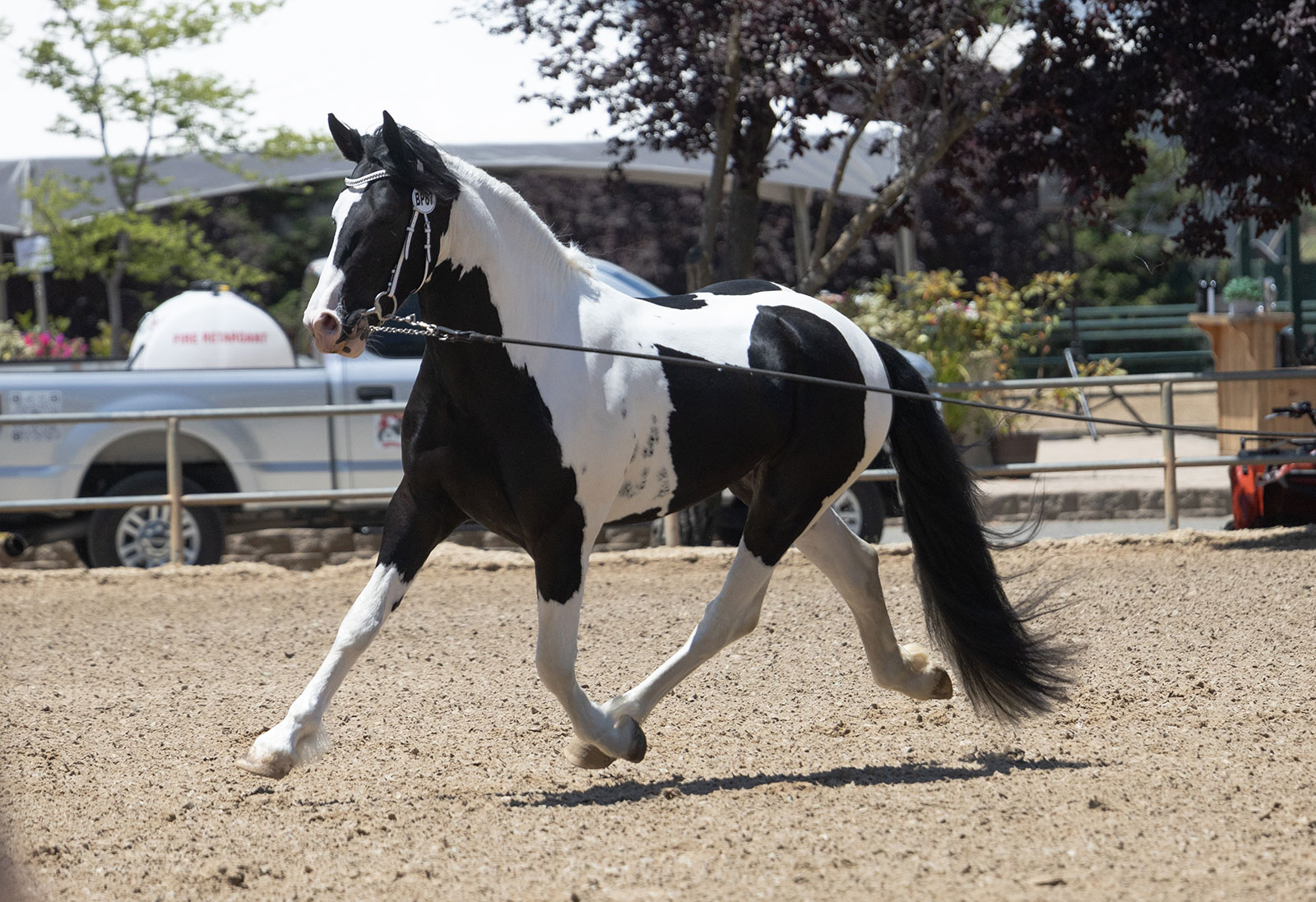

Barock Pinto horses are a relatively young horse breed originating from Friesland. This extraordinary breed – the beauty of which was also admired outside of the Netherlands – was created by crossbreeding Friesian mares with dappled Old Gelderland horses in the 1950s. The Barock Pinto horse breed goes back to a stallion named Bonte Nico, who was known for his striking dappled pattern. The word “pinto” contained in the name means “painted, dappled” in Spanish and refers to the breed’s most important feature: the beautiful horses’ black and white pattern. All horses from the Pinto family must meet certain requirements regarding their coat to be recognized as such. If a horse only has a single spot that differs from the coat’s foundation color, proof of this area measuring at least 500 cm² is required. Horses with purely black coats can also be included in the breeding register. For this, they need to have at least two areas of white with a diameter of at least ten centimeters.
The beautiful, dappled warm-blooded horses that are commonly referred to as “colorful Friesian horses”, look similar to other Friesian horses. The term “Barock” (baroque) refers to the horses’ baroque physique. They have a square body shape that is typical for baroque horses and an elegant head with small ears and beautiful big eyes. They are also distinguished by their strong neck, a wide chest, and well-developed muscles on the hindquarters. The horses are black and white with an overo (white-over-dark) or tobiano (white-haired, pink-skinned patches on a base coat color) pattern. Barock Pinto horses typically also have a long tail, a lush mane and extensive feathering.
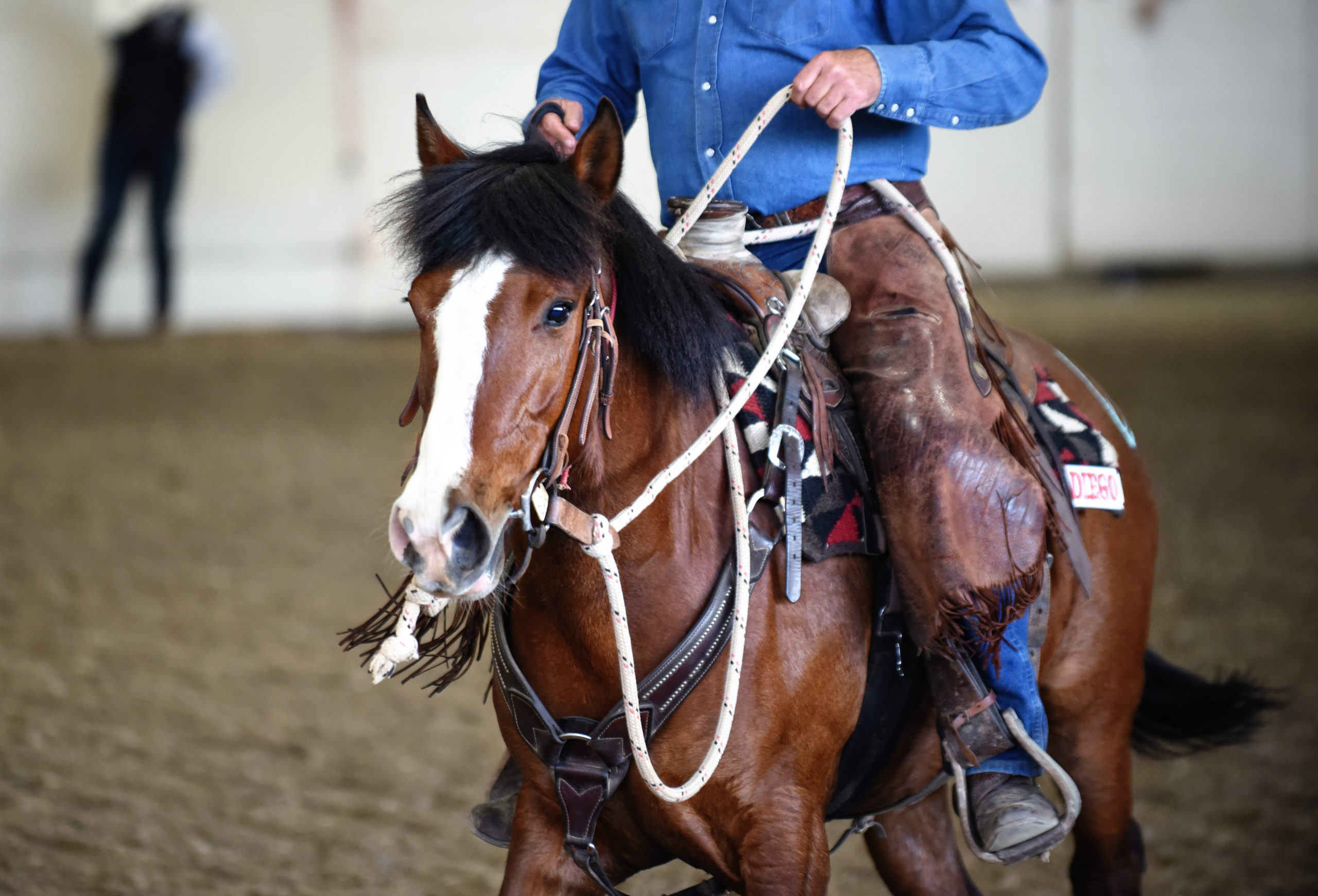

The mustang is a free-roaming horse of the American west that first descended from horses brought to the Americas by the Spanish. Mustangs are often referred to as wild horses, but because they are descended from once-domesticated horses, they are properly defined as feral horses. The original mustangs were Colonial Spanish horses, but many other breeds and types of horses contributed to the modern mustang, resulting in varying phenotypes. Most contain a greater genetic mixture of ranch stock and more recent breed releases, while a few are relatively unchanged from the original Iberian stock, most strongly represented in the most isolated populations.
They are bred by Mother Nature to survive in a tough desert environment. Strong, intelligent, with good bone, and very hardy, wild horses can be trained to do anything their domestic cousins do. Wild burros are gentled and often trained for livestock guardians, riding, packing, and driving. These lovable animals make wonderful companions for horses.
In 1971, the United States Congress recognized wild horses and burros as living symbols of the historic and pioneer spirit of the West, which continue to contribute to the diversity of life forms within the Nation and enrich the lives of the American people.
Demonstration presented by California Canadians of Northern California.
The story of the Canadian Horse began in 1665 when King Louis XIV sent the first three shipments of horses from his royal stables of Breton and Norman ancestry to aid in settling the colonies of New France, now Quebec.
The Canadian Horse may have had royal blood, but they quickly became a horse of the people. With their compact, muscular bodies, thick winter coats, and rock-hard feet, they could outwork much bigger horses. They could pull a sleigh up to 80 miles in a day – and live on “almost anything – or almost nothing.” They were used for everything from farm work, to transport, to riding and racing. It was said that they could excel at any task they were put to. This legendary toughness earned them the nickname le petit cheval de fer: the “Little Iron Horse.” Thriving in the Canadian landscape, they were elegant, dashing, brave, strong, and rugged enough to survive in the most challenging environments.
But it is the Canadian Horse’s temperament that makes him truly special. The breed standard says that the Canadian Horse should be ‘of docile temperament, but full of vigor and spirit without being nervous.’ It is this intelligence, work ethic, and kind, calm nature that rounds out the truly admirable qualities of this exemplary breed.
Americans discovered the Canadian Horse in the 1700s, coming down through the East Coast before making their way west on the Oregon and California Trails. They were used extensively as carriage and stagecoach horses, pack and draft animals, and gained fame as trotters and pacers as the sport of harness racing, which originated on Canada’s frozen lakes, gained popularity. They were also used for crossbreeding in the United States, contributing to the Morgan, Standardbred, and many American gaited breeds.
The Canadian Horse became so popular throughout the 1800s, that thousands were exported from Canada to the United States, with many of them becoming cavalry horses for riding and pulling heavy cannons during the Civil War. So many horses were lost that by 1880 the breed was nearly extinct. By 1976, fewer than 400 horses remained. Since then, various organizations have worked to preserve the Little Iron Horse and have been successful at promoting the breed as a family horse and national treasure all across Canada. There are now an estimated 2,000 alive today, with various organizations working to keep that number growing to save the Canadian from its current “at risk” status. The breed excels at jumping, upper level dressage, working equitation, and endurance events.


See the beautiful draft horses at the 2025 Draft Horse Classic and Harvest Fair! Watch six amazing shows spread over four days featuring majestic draft horse performances, breathtaking competitions, along with non-stop entertainment in between classes. Between shows, you’ll have an opportunity to get up close to a draft horse.
This is all a part of the Annual Draft Horse Classic and Harvest Fair at the Nevada County Fairgrounds in Grass Valley. The Classic has grown to become the premier draft horse show in the western United States.
September 18-21, 2025 at the Nevada County Fairgrounds in Grass Valley
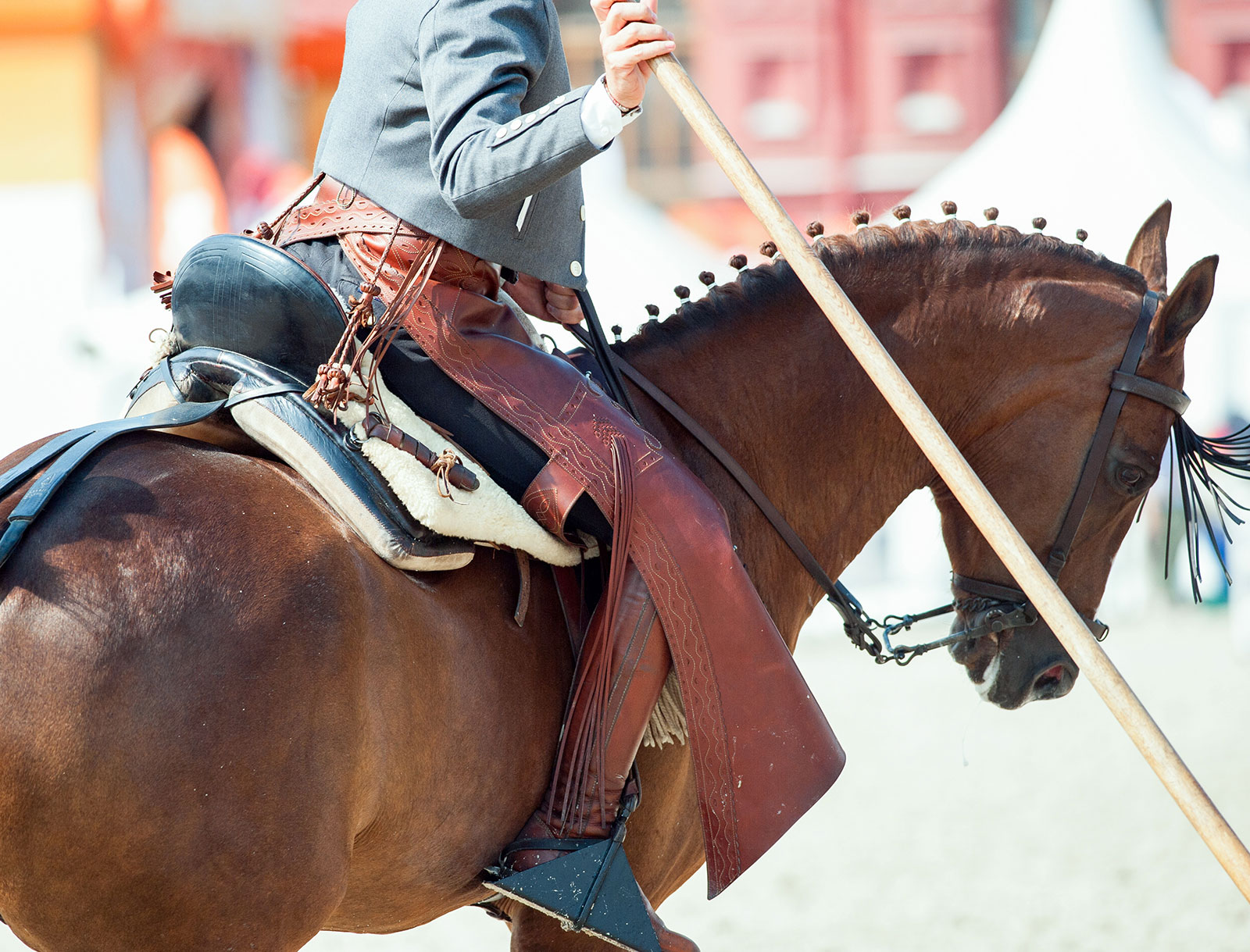

A “garrocha” is a long, sturdy pole, traditionally used in Spanish equestrian traditions for herding cattle and in bullfighting. It’s now also used in working equitation and other demonstrations to teach horses and riders fine control and precision. The garrocha is typically made of wood and can be quite long, often around 10 feet.
The garrocha is a prominent feature in working equitation, particularly in the bull line obstacle where the rider picks it up from a barrel and uses it to guide the horse through various maneuvers.
Garrocha demonstrations showcase the horse and rider’s ability to work together with precision and finesse, often incorporating elements of traditional horsemanship.
The garrocha can be used as a training tool to help horses become accustomed to a pole and learn to navigate around it, improving their sensitivity to aids.
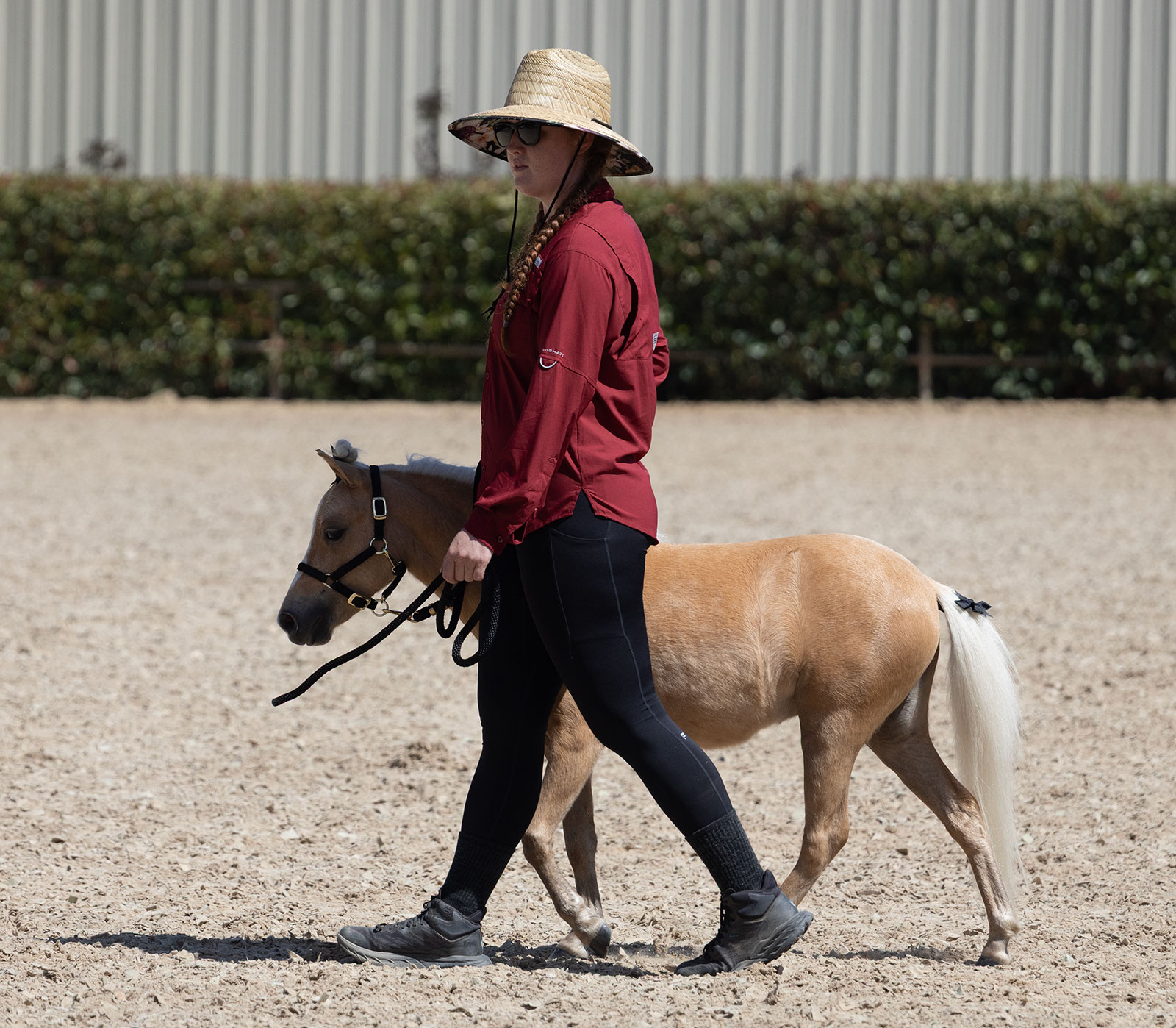

The result of nearly 400 years of selective breeding, historians tend to support the Miniature Horse breed as a derivative of many sources. In prehistoric times small horse breeds were most likely the products of surviving harsh natural climates and limited feed. Today, knowledge of genetics has made the possibility of breeding specifically for size a reality.
The first mention of a small horse being imported into the United States was in 1888; and research shows little public awareness of true Miniatures until 1960. Popular belief is that American Miniature horses utilized the blood of English and Dutch mine horses brought into this country in the 19th century and used in some Appalachian coal mines as late as 1950. The American Miniature Horse, as documented in the pedigrees of Miniatures today, also drew upon the blood of the Shetland pony. Throughout its colorful past, the Miniature Horse breed had been bred for pets, novelty, research, monetary gain, mining work, exhibition and royal gifts.
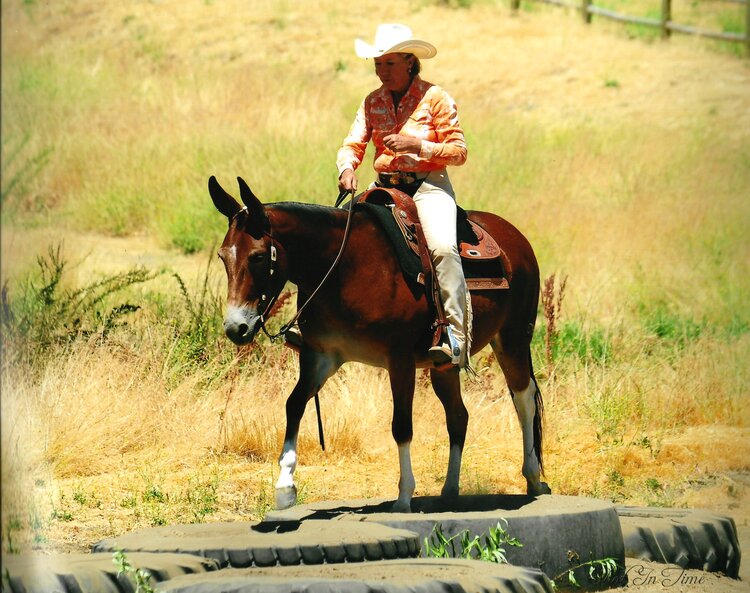

The mule is a domestic equine hybrid between a donkey and a horse. It is the offspring of a male donkey (a jack) and a female horse (a mare). The horse and the donkey are different species, with different numbers of chromosomes; of the two possible first-generation hybrids between them, the mule is easier to obtain and more common than the hinny, which is the offspring of a male horse (a stallion) and a female donkey (a jenny).
Mules vary widely in size, and may be of any color seen in horses or donkeys. They are more patient, hardier and longer-lived than horses, and are perceived as less obstinate and more intelligent than donkeys.


The Friesian horses originated in Friesland—a province of The Netherlands (Holland). The Friesian horse, one of Europe’s oldest breeds, was originally imported to North America in the seventeenth century but the breed was totally lost in North America due to crossbreeding. The Friesians were not reintroduced to North America until 1974.
Friesian horses are very versatile and can be used in riding for pleasure, and competition. They are ridden in dressage, pleasure, western and many other classes. Friesians are amazing in front of a carriage, which can also be for pleasure and in competition and even for light farm work. They are known for their beautiful long hair and black coat, quiet temperament, and willingness to learn and work.
There are currently more than 45,000 Friesians registered worldwide and approximately 8,000 of those horses are in North America.
A judging or Keuring, in Dutch, is an evaluation of horses here in North America, by officials from the Netherlands. Once a year, teams of officials qualified by the Friesch Paarden Stamboek are sent to North America to inspect or “judge” our horses. This is a thorough evaluation process that helps us to upgrade our breeding programs. The horses are judged in-hand and 60% of the evaluation is based on the quality of movement and 40% is based on conformation.
Please join us for our annual Keuring and Mare Show November 10-11, 2023, here at Murieta Equestrian Center.
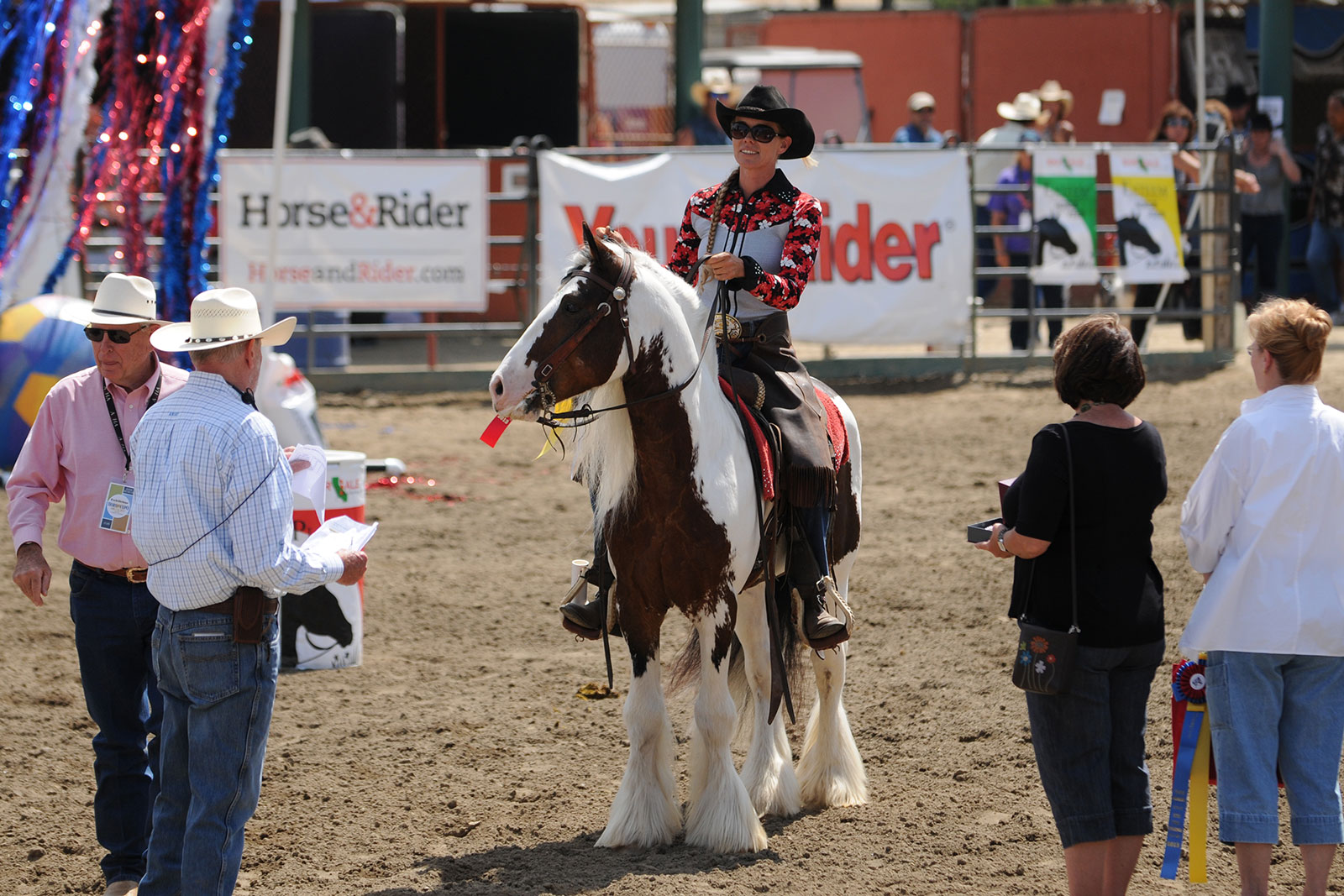

The Gypsy Horse, also known as a Gypsy Vanner or Gypsy Cob, originates from the UK and Ireland. They have the appearance of a small draft type, standing generally between 13 and 16 hands in height and characterized by a “sweet” head, well-muscled, powerful build, a well-rounded hip that is commonly referred to as a “Apple Butt”, abundant mane and tail and long hair/feather on the lower legs. They possess an incredibly gentle and willing temperament making them the ideal choice for many youth and amateur riders. Gypsy horses are commonly known for their eye catching black and white tobiano coloring but they also come in a variety of colors and patterns such as appaloosa, buckskin and blue roan. They are descended from a combination of Shires, Clydesdales, Friesians, Fell and Dales Ponies with their origins in the Romany gypsy community of the UK and Ireland. These horses were originally bred by the Romany people to pull their wagons or “caravans” known as Vardos. Today, the Gypsy Horse is excelling in nearly all riding disciplines as well as driving.